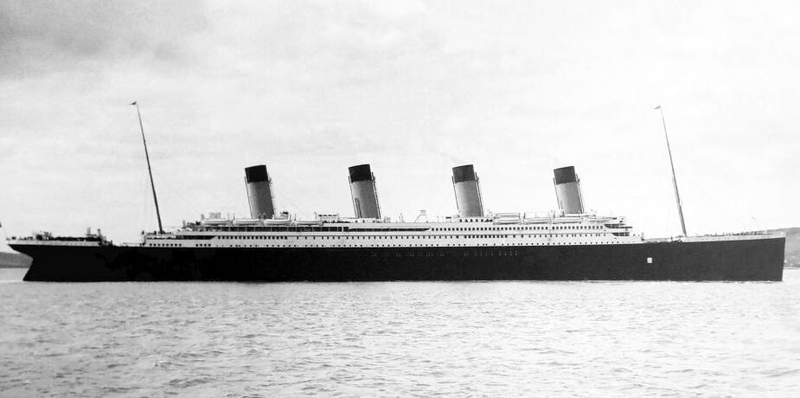Auction of a Titanic relic.
Titanic's first-class dinner menu expected to fetch €69,000 at auction
An evening dinner menu for first-class passengers onboard the Titanic could sell for up to £60,000 (€69,000) at auction.
The dinner - including oysters, tornados of beef, spring lamb and mallard duck - was served on the evening of 11 April 1912 after the liner left Cobh, Co Cork, for New York during its fateful maiden voyage.
More than 1,500 passengers and crew died when the Titanic struck an iceberg on the evening of 14 April and sank the following day.
The 16cms x 11cms menu bears an embossed red White Star Line burgee and would have originally shown gilt lettering depicting the initials OSNC (Ocean Steamship Navigation Company) alongside the lettering RMS Titanic.
Auctioneer Andrew Aldridge said: "The latter shows signs of water immersion having been partially erased, the reverse of the menu also clearly displays further evidence of this.
Via RTE News



